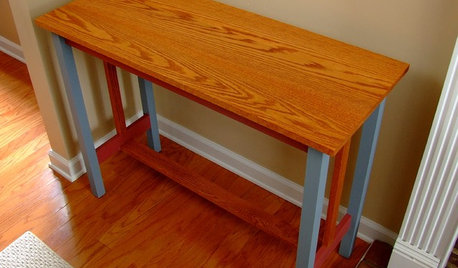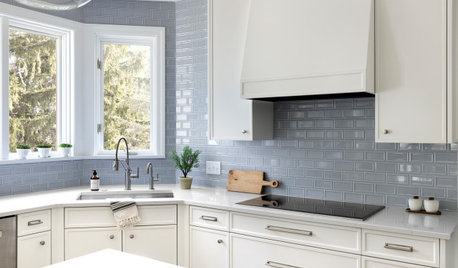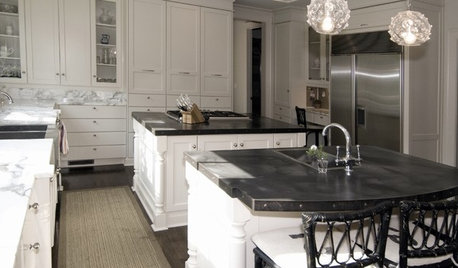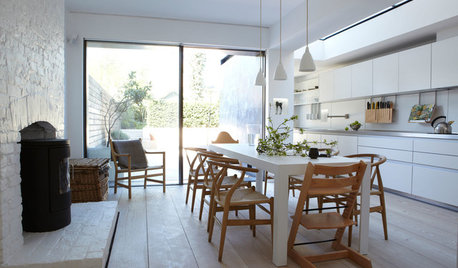Amending clay with holes 1.5" wide x 3' deep
bernard_in_ohio_Medina_Zone_5b
10 years ago
Related Stories

DIY PROJECTSPocket Hole Joinery, the Beginning Woodworker's Best Friend
Make a wide range of sturdy wooden pieces with just this little bit of know-how
Full Story
GARDENING GUIDESHow to Stop Worrying and Start Loving Clay Soil
Clay has many more benefits than you might imagine
Full Story
HOUZZ TOURSDesign Lessons From a 10-Foot-Wide Row House
How to make a very narrow home open, bright and comfortable? Go vertical, focus on storage, work your materials and embrace modern design
Full Story
GARDENING GUIDESGardening Solutions for Heavy Clay Soils
What’s a gardener to do with soil that’s easily compacted and has poor drainage? Find out here
Full Story
KITCHEN DESIGNHow to Choose the Right Depth for Your Kitchen Sink
Avoid an achy back, a sore neck and messy countertops with a sink depth that works for you
Full Story
HOUZZ TOURSHouzz Tour: Wide-Open Views on a Narrow Canadian Lot
Expansive glass walls facing the street create openness, sun-filled rooms and closer relations with the neighbors
Full Story
KITCHEN COUNTERTOPSKitchen Countertop Materials: 5 More Great Alternatives to Granite
Get a delightfully different look for your kitchen counters with lesser-known materials for a wide range of budgets
Full Story
HOUZZ TOURSHouzz Tour: Victorian's Beauty Is More Than Skin Deep
A London home keeps its historic facade but is otherwise rebuilt to be a model of modern energy-efficiency
Full Story
GARDENING GUIDES9 Clay-Busting Native Flowers for Summer Sun
These plants survive and even thrive in tough clay soil east of the Rocky Mountains
Full Story
GARDENING GUIDESGarden Myths to Debunk as You Dig This Fall and Rest Over Winter
Termites hate wood mulch, don’t amend soil for trees, avoid gravel in planters — and more nuggets of garden wisdom
Full StorySponsored






TXSkeeter
bernard_in_ohio_Medina_Zone_5bOriginal Author
Related Professionals
Marina Landscape Architects & Landscape Designers · Tomball Landscape Architects & Landscape Designers · Maple Heights Landscape Architects & Landscape Designers · Cupertino Landscape Contractors · Euclid Landscape Contractors · Peoria Landscape Contractors · Secaucus Landscape Contractors · Soddy Daisy Landscape Contractors · Tacoma Landscape Contractors · Issaquah Decks, Patios & Outdoor Enclosures · Lebanon Decks, Patios & Outdoor Enclosures · Royal Oak Decks, Patios & Outdoor Enclosures · South Miami Heights Decks, Patios & Outdoor Enclosures · Denton Siding & Exteriors · Five Forks Siding & Exteriorspetrushka (7b)
bernard_in_ohio_Medina_Zone_5bOriginal Author
bernard_in_ohio_Medina_Zone_5bOriginal Author
petrushka (7b)
petrushka (7b)